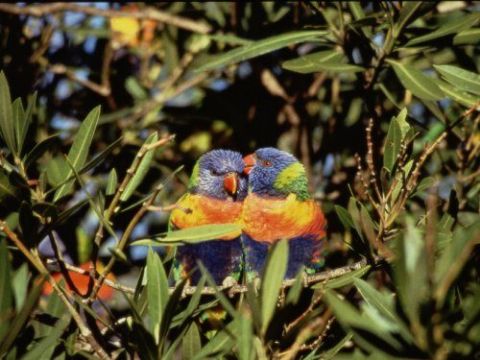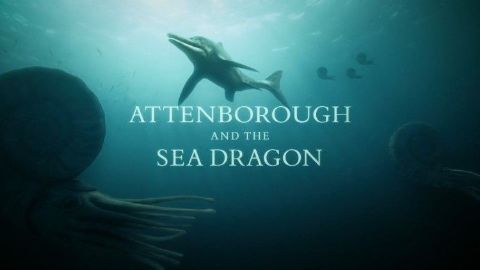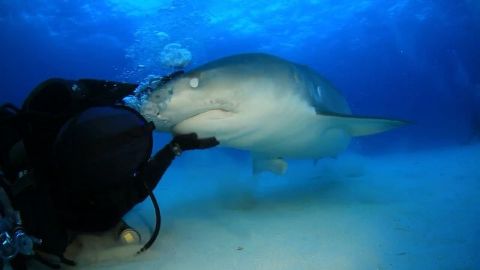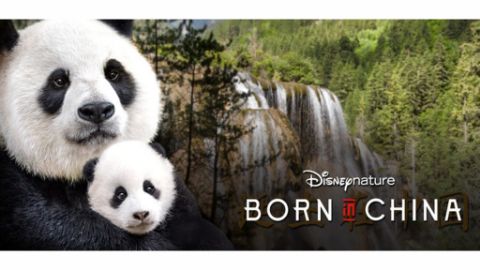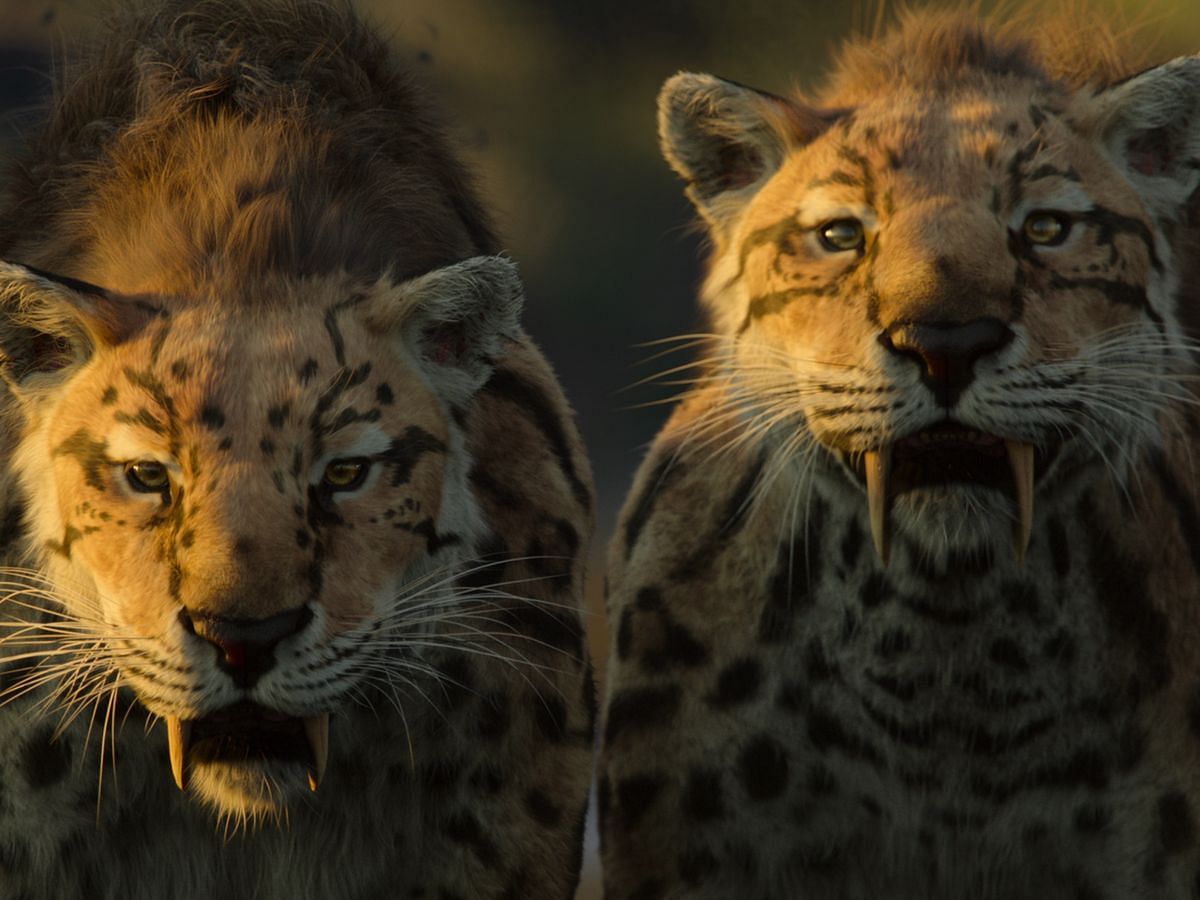Secret Amazon: Into the Wild • 2024
Lucy Shepherd and her Indigenous team embark on an unprecedented 50-day expedition to traverse virgin Amazon rainforest. Chapter 1: Lucy and the team enter the dense jungle canopy that will be their home for the next few months. Spirits plummet as one of the team gets seriously injured and has to be evacuated for treatment. Chapter 2: Lucy and the team come face to face with their worst fear - the deadly bushmaster snake - and have to make some split-second life-or-death decisions. They're also attacked by giant wasps and cross rivers infested with black caiman, which makes them wonder if they'll make it out alive.
Make a donation
Buy a brother a hot coffee? Or a cold beer?
Hope you're finding these documentaries fascinating and eye-opening. It's just me, working hard behind the scenes to bring you this enriching content.
Running and maintaining a website like this takes time and resources. That's why I'm reaching out to you. If you appreciate what I do and would like to support my efforts, would you consider "buying me a coffee"?
Donation addresses
BTC: bc1q8ldskxh4x9qnddhcrgcun8rtvddeldm2a07r2v
ETH: 0x5CCAAA1afc5c5D814129d99277dDb5A979672116
With your donation through , you can show your appreciation and help me keep this project going. Every contribution, no matter how small, makes a significant impact. It goes directly towards covering server costs.
